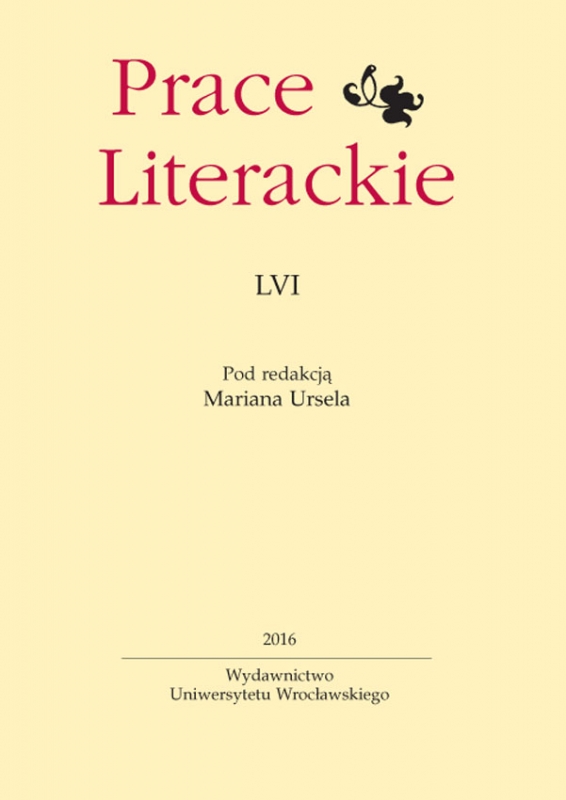

Artykuły

Where is the Commander? The death motif in the context of nonpresence of the Stone Guest in works by Tadeusz Miciński Przy grobie Don Juana Tenorio [By the grave of Don Juan Tenorio] and Bolesław Leśmian Zbladła twarz Don Żuana, gdy w ulicznym mroku [Don Juan’s face turned pale]
The story of don Juan, persistently retold by many poets, seems to be only a pretext for showing the problem of presence/absence of Commander and, as a consequence, death motif in the Tadeusz Miciński and Bolesław Leśmian’ s poems. In the don Juan Tenorio history’s final fragments, the Stone Guest was coming to call for don Juan’s conversion. On the seducer’s incessant refusals and rebelling against the laws set by God and society, the Stone Guest was killing him. Don Juan de Maraña, by contrast, has decided to enter a convent — Commander has reclaimed the sinner. In my article I would like to present the motif of death, love, pride, punishment and conversion in two Young Poland’s poems and I would like to describe these problems considering the époque’s esthetic and cultural dimension.